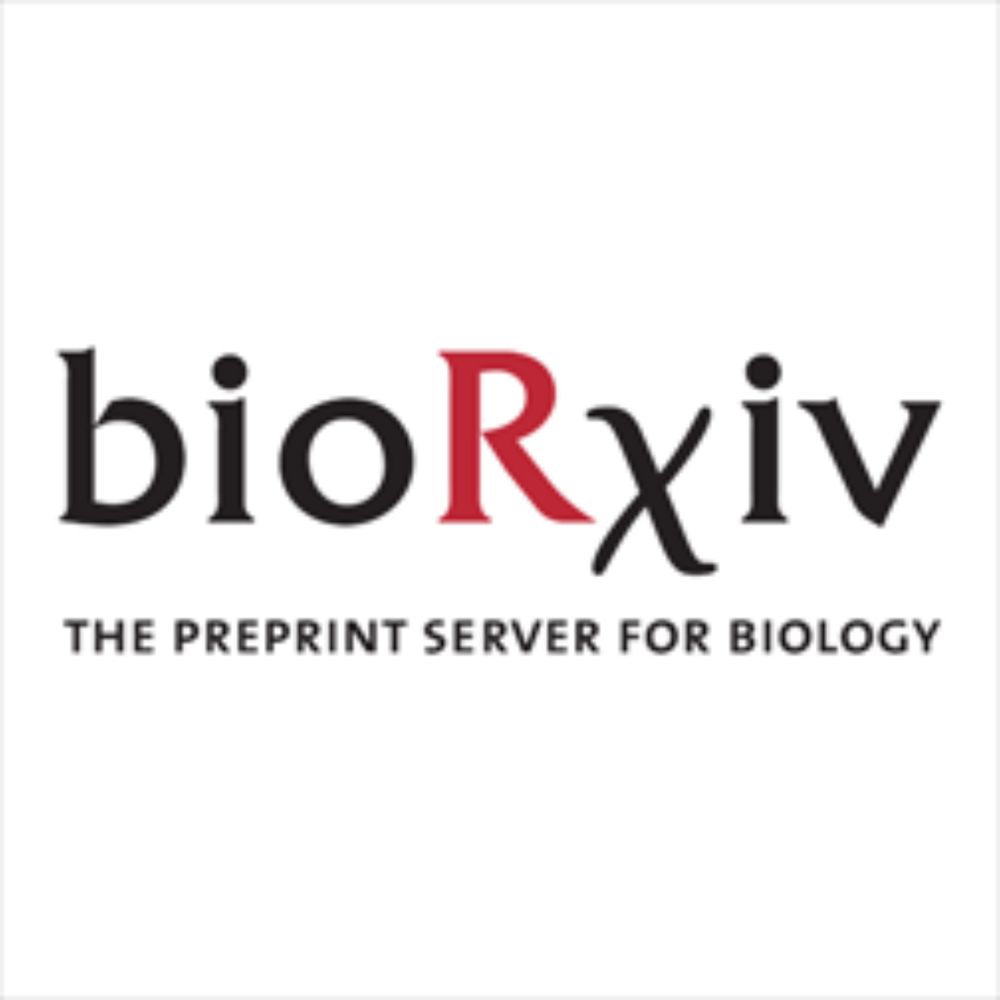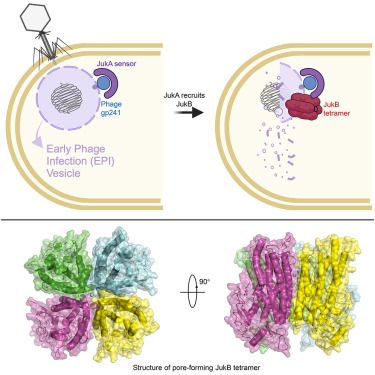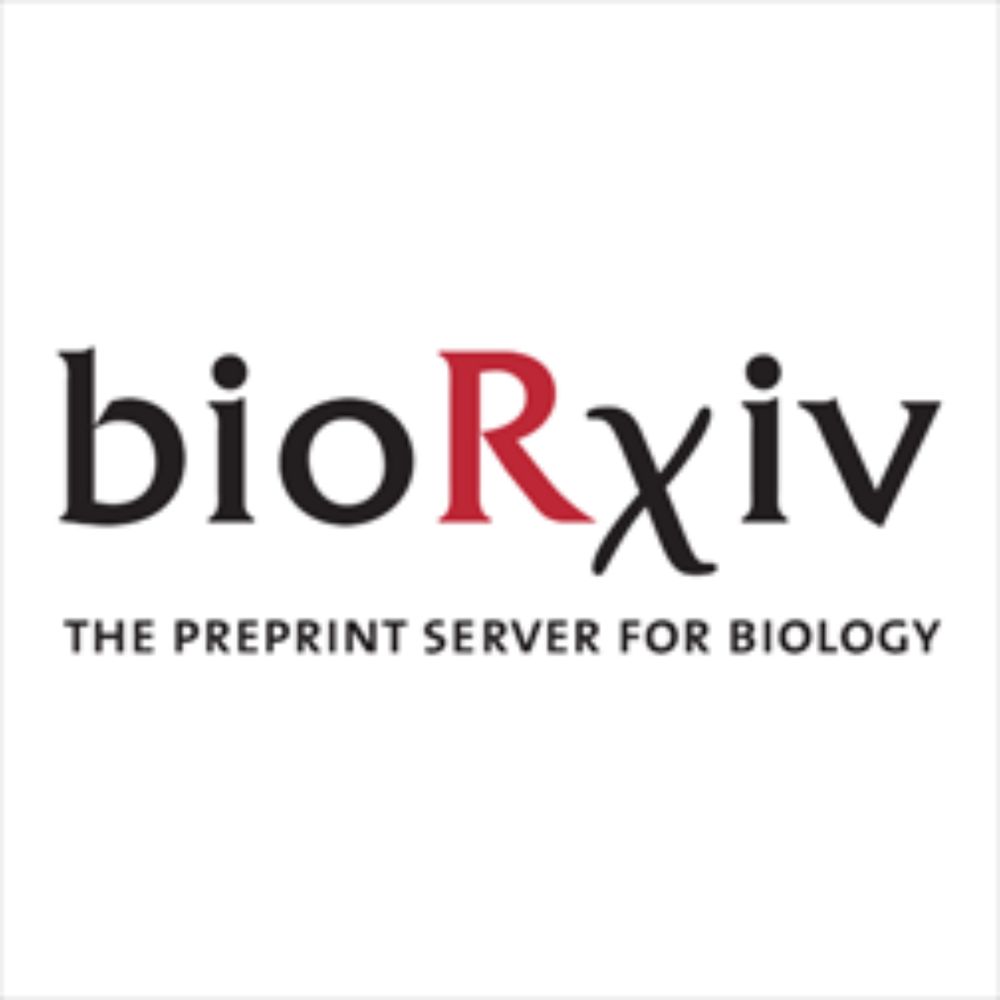
Isolation, engineering and ecology of temperate phages from the human gut - Nature
Human host-associated cellular products may act as induction agents for bacteriophages.
Very excited to share the latest work from our lab, which was published today in Nature!
nature.com/articles/s41...
PhD graduate and now post-doc Sofia Dahlman, along with co-senior author Sam Forster from The Hudson and other researchers from our lab and others.
15.10.2025 21:40 — 👍 183 🔁 75 💬 7 📌 3

Figure 1 from the preprint
Check out our preprint! With new molecular mechanisms, 140 subtomogram averages, and ~600 annotated cells under different conditions, we @embl.org were able to describe bacterial populations with in-cell #cryoET. And there’s a surprise at the end 🕵️
www.biorxiv.org/content/10.1...
#teamtomo
15.10.2025 06:26 — 👍 113 🔁 34 💬 8 📌 4

Excited to share our preprint led by Carlos Voogdt et al
We developed new genetic tools & genome-wide libraries for species of the Bacteroidales order; constructed saturated barcoded transposon libraries in key representatives of three genera.
www.biorxiv.org/content/10.1...
13.10.2025 07:47 — 👍 83 🔁 43 💬 2 📌 4
New Preprint from Voogdt et al 👇
Establishes efficient genome-wide transposon mutagenesis & barcode mutant libraries for three Bacteroidales gut bacteria, identifying shared & species-specific essential genes, non-coding elements, & toxin pathways, advancing gut microbiome functional genomics
11.10.2025 17:43 — 👍 12 🔁 3 💬 0 📌 0
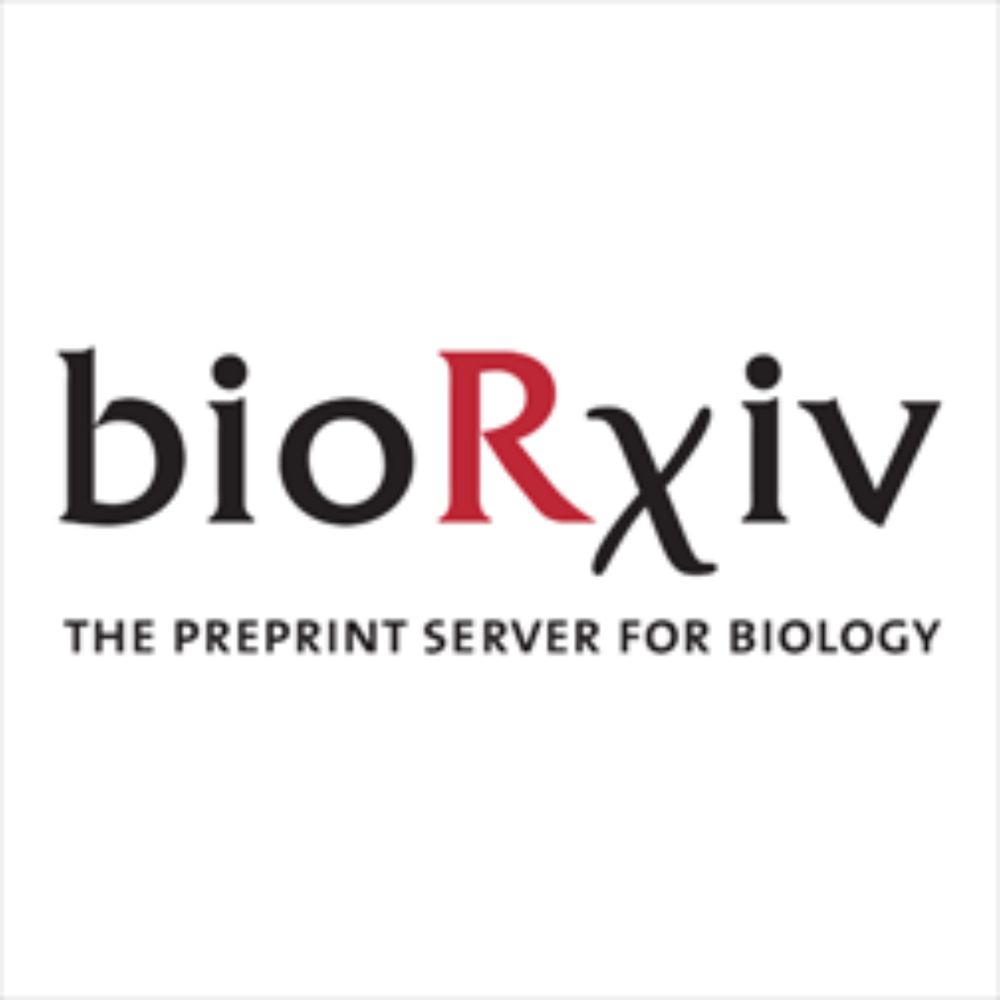
The functional landscape of the human ubiquitinome
Protein ubiquitination regulates cell biology through diverse avenues, from quality control-linked protein degradation to signaling functions such as modulating protein-protein interactions and enzyme...
new preprint: Ubiquitin is a protein modification linked with degradation but known to regulate other functions. Over 100k ubiquitination sites have been discovered and here we (@julianvangerwen.bsky.social + others) try to prioritize those most critical to the cell www.biorxiv.org/content/10.1...
09.10.2025 07:07 — 👍 105 🔁 45 💬 2 📌 2
Happy to see that Spacedust is now published on Nature Methods!
It combines sensitive Foldseek structure search and conserved neighborhood detection to discover functionally-associated gene clusters in prokaryotic & viral genomes.
1/6🧵
16.09.2025 20:26 — 👍 21 🔁 12 💬 1 📌 0
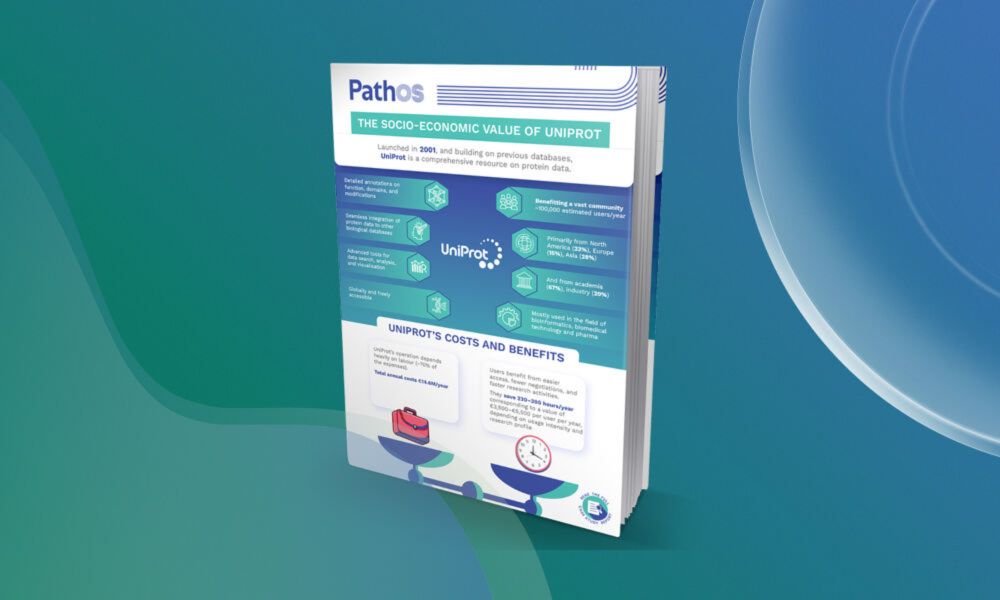
Measuring the value and impact of UniProt
Case study shows the economic value and impact of UniProt, showing estimated annual gains of up to €5,475 per user.
New impact case study outlines the impressive economic & scientific value of UniProt - the world-leading open data resource for protein sequence & functional information.
Users save up to 219 hours per year, equivalent to net benefits of up to €5,475 per user.
www.ebi.ac.uk/about/news/a...
25.06.2025 15:24 — 👍 15 🔁 5 💬 1 📌 1
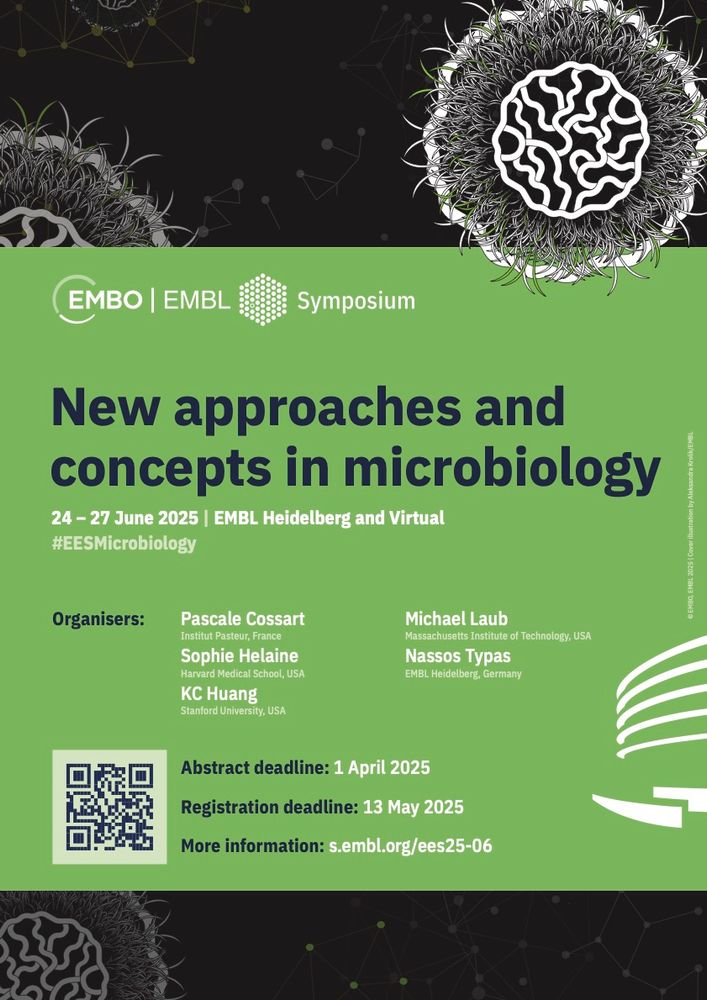
Excited for New Approaches and Concepts in Microbiology 2025 with sessions on Bacterial systems biology, Bacterial cell biology & protein machines, Microbiomes, Environment & evolution, Pathogenesis & phage, Antibiotic discovery, mechanisms, and resistance. #EESMicrobiology
23.06.2025 19:23 — 👍 55 🔁 17 💬 1 📌 5
And here it is, the completed BASEL collection finally published as early access in @plosbiology.org - see the thread for more details. 🤗🧬🎣
08.04.2025 04:59 — 👍 129 🔁 66 💬 7 📌 2
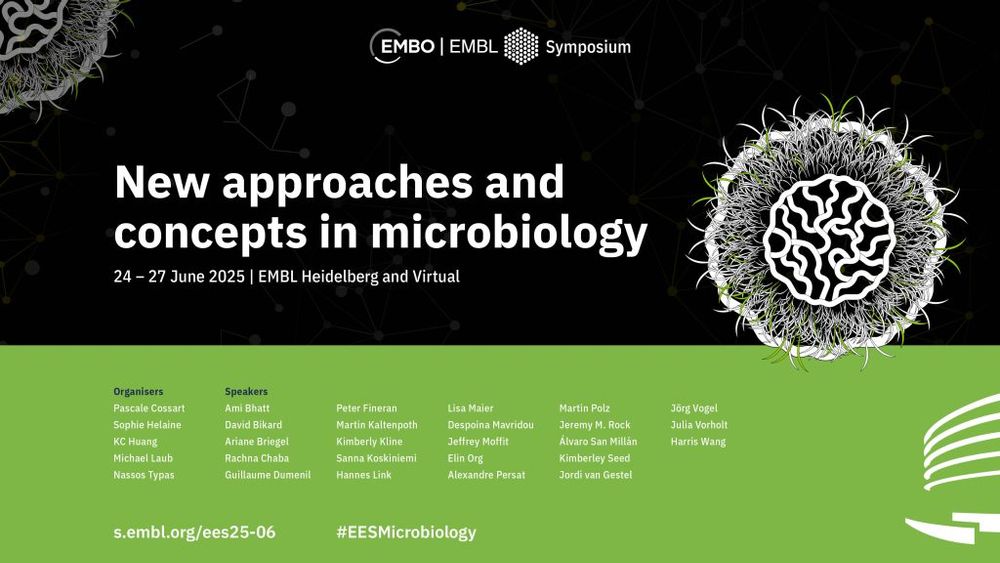
Join our favorite microbiology meeting! Fantastic talks, poster sessions, new technologies, and all the hot areas of microbiology in a great environment - experts in cell & systems biology, microbiomes, environment & evolution, pathogenesis, phage & antibiotics
DON’T MISS abstract deadline, April 1
26.03.2025 09:23 — 👍 56 🔁 42 💬 4 📌 4
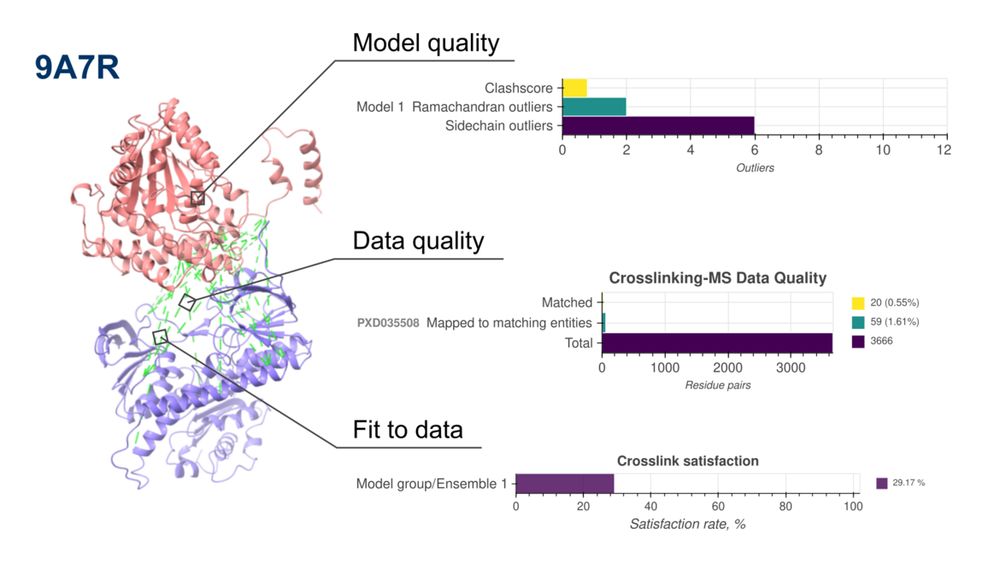
Updated validation reports are now available for structures determined using integrative & hybrid methods (IHM) that extends to structures derived from Crosslinking-MS data, along with previously supported Small Angle Scattering (SAS) data!
⬇️ Read more⬇️
www.wwpdb.org/news/news
11.03.2025 15:54 — 👍 4 🔁 2 💬 0 📌 0
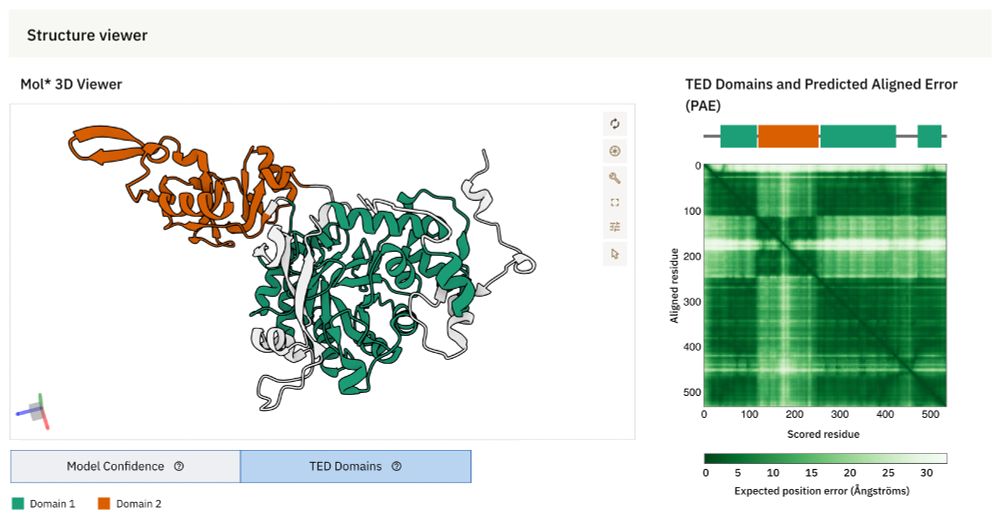
🚀 #AlphaFold Database update
AlphaFold DB now integrates The Encyclopedia of Domains (TED) – a resource designed to systematically identify & classify structural domains within AlphaFold-predicted protein structures.
www.ebi.ac.uk/about/news/u...
@pdbeurope.bsky.social
03.03.2025 16:33 — 👍 118 🔁 44 💬 1 📌 2
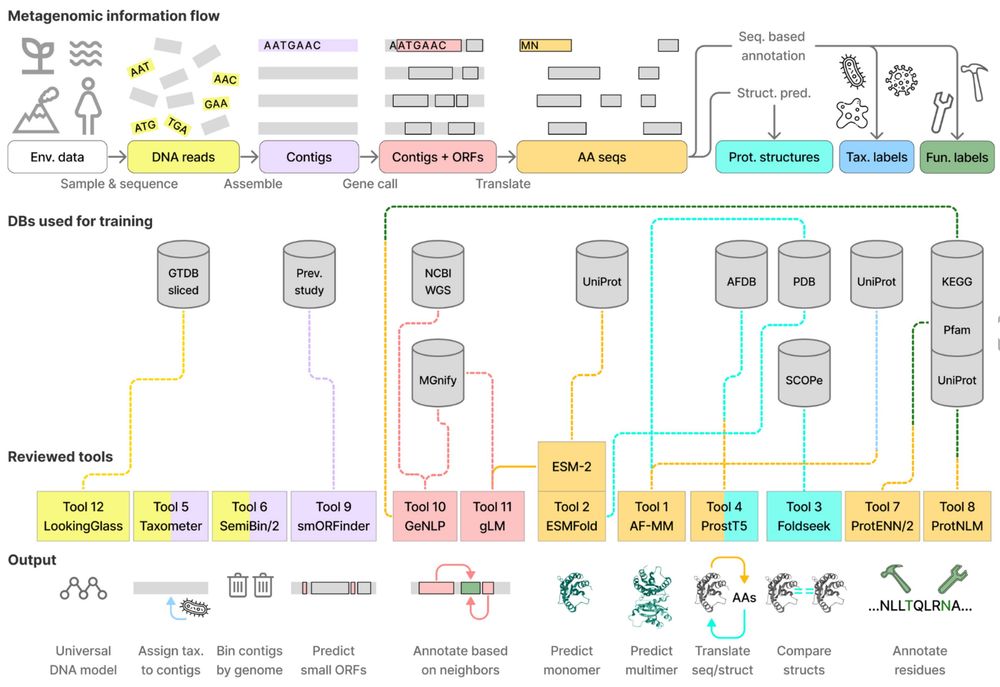
In our latest review, we explore 12 deep-learning tools for metagenomic analysis, covering their strengths, limitations, and key applications. We hope it serves as both a resource and inspiration for new ways to analyze metagenomic data. Great work by Eli Levy Karin!
📄 doi.org/10.1093/nsr/...
22.02.2025 05:47 — 👍 106 🔁 44 💬 2 📌 1
Webservice | DefenseFinder webservice and knowledge base
On this site, you can freely use (without any login) the DefenseFinder webservice (see below) and get help to navigate the ever expanding world of defense systems.There is a collaborative knowledge ba...
New version of DefenseFinder available defensefinder.mdmlab.fr (& cli)
Now encompassing 263 systems (+111 this year..!).
Thanks @ftesson.bsky.social, DefenseFinder grandmaster. Full list of systems here: defense-finder-models/List_system_article.md at master · mdmparis/defense-finder-models
19.02.2025 04:28 — 👍 105 🔁 40 💬 1 📌 2
Excited to see this huge piece of work out 🎉 Congrats to everyone involved! If you ever wanted to read a 8in1 paper grab a cup of tea and enjoy 📖
10.02.2025 10:32 — 👍 10 🔁 3 💬 0 📌 0

We are very happy to present our work on N-glycoproteomics!🍬 Our method enables the selective enrichment and precise quantification of intact N-glycopeptides to explore the dynamics of glycosylation microheterogeneity.
www.nature.com/articles/s41...
10.02.2025 10:20 — 👍 40 🔁 19 💬 1 📌 3

🚨 🧬 Updated preprint on the completed BASEL collection - what's new? Some fun with bacterial immunity and a new P22 relative infecting E. coli K-12. A thread 🧵
06.02.2025 06:05 — 👍 122 🔁 48 💬 4 📌 3

Pervasive phosphorylation by phage T7 kinase disarms bacterial defenses
Bacteria and bacteriophages are in a constant arms race to develop bacterial defense and phage counter-defense systems. Currently known phage counter-defense systems are specific to (the activity of) ...
Excited to share our preprint with @savitski_lab led by @tarabartolec.bsky.social, @KMitosch & Clément Potel! We uncovered a mechanism by which the T7 phage broadly counteracts DNA-targeting bacterial defenses by deploying a loose cannon kinase in its genome @embl.org www.biorxiv.org/content/10.1...
23.12.2024 07:29 — 👍 69 🔁 29 💬 1 📌 1
10/11 - T7K affected infectivity in nearly half of tested strains! It sometimes even gave >1000-fold advantages to the phage. And none of these strains had Retron-Eco9 or DarTG1, so it is likely that there are many, many more T7K-sensitive systems to be described.
23.12.2024 07:29 — 👍 0 🔁 0 💬 1 📌 0
9/11 - So maybe the domesticated K-12 strain (which has lost many defense systems) wasn’t the best model for studying the function of T7K. We assessed this by screening a panel of natural isolates, which harbour a very diverse array of anti-phage defense systems.
23.12.2024 07:29 — 👍 0 🔁 0 💬 1 📌 0
8/11 - It seemed so, w/ clear phenotypes for T7K when we armed K-12 w/ plasmids encoding DNA-related defense systems Retron-Eco9 & DarTG1. Both had critical functional residues on their surface, and phosphorylation events deposited by T7K abolished their ability to defend!
23.12.2024 07:29 — 👍 1 🔁 0 💬 1 📌 0
7/11 - The stoichiometry results gave us a major clue as to what was really going on - bacterial anti-phage defense systems often work by sensing and/or targeting the phage’s nucleic acids. Perhaps the kinase can brute-force deactivate bacterial defenses?
23.12.2024 07:29 — 👍 0 🔁 0 💬 1 📌 0
6/11 - But the T7K gene was reported to be largely dispensable when T7 infected lab strain K-12. Why keep a hyper-promiscuous kinase around if its function is simply to optimise host takeover (translation, transcription)? Doesn’t this activity also hinder T7’s infection cycle?
23.12.2024 07:29 — 👍 0 🔁 0 💬 1 📌 0
5/11 - This is achieved through the protein’s C-terminal domain - a long, highly charged and extended alpha-helical region which resembles a histone tail and binds DNA, which colocalises + focuses the loose-canon kinase’s activity towards nucleic acid-binding proteins.
23.12.2024 07:29 — 👍 0 🔁 0 💬 1 📌 0
4/11 - But how do you interpret a kinase’s role if it phosphorylates EVERYTHING? We tried estimating phosphorylation stoichiometry and found that there was some order to the madness - nucleic-acid binding proteins were much more heavily modified than the rest of the proteome.
23.12.2024 07:29 — 👍 0 🔁 0 💬 1 📌 0
Full (W3) Professor Pharm. Chem. & Bioanalytics at MLU Halle-Wittenberg; Center for Structural Mass Spectrometry https://agsinz.pharmazie.uni-halle.de
https://rtg2467.uni-halle.de/
#teammassspec #massspec #ChemSky
Structural proteomics, cross-linking MS
Computational biologist studying protein signalling | PhD candidate in Beltrao group at IMSB in ETH Zürich
Research Professor & Group Leader at Vilnius University, LSC-EMBL - CRISPR, Gene Editing and Microbiology
Assistant Professor at UCIrvine. Biochemistry and structural biology enthusiast. Dabbling in innate immunity and microbiology. Phage defense, cyclic nucleotides, and cool enzymes. (he/him/his) https://faculty.sites.uci.edu/morehouselab/
Staff Scientist in Mass spectrometry platform @fmp-berlin.de. Interested in cross-linking mass spectrometry and interactomics.
MSCA PhD @EMBL Heidelberg working on functional metagenomics and molecular systems biology in the Zimmermann lab.
Previously MSc @LMU Munich specialized in ancient DNA research.
assistant professor at georgetown | polymicrobial interactions | bacterial physiology | science educator | views my own
www.zarrellalab.org
Postdoc fellow at EMBL (DE)
"views are my own"☘️🌊🦠🧪🌈
Principal Investigator at @aithyra.bsky.social | Structural bioinformatics, virology, and innate immunity | jasonnomburg.com
PhD student interested in molecular arms race and protein biology @cam.ac.uk.
MD, Russian National Research Medical University.
PhD Student in the Leitner/Picotti Lab @ETHZürich 🇨🇭
Plant scientist 🌱🦠🧫 🇲🇽 | Postdoc at the University of Zurich in the Cyril Zipfel and Pedro Beltrao groups, studying protein phosphorylation during plant–microbe interactions #EMBOfellow | @thesainsburylab.bsky.social alumni
DFG funded Priority Programme SPP2330 focusing on prokaryotic virus-host interactions. Account managed by Dr. Eva Davoudi
Homepage https://spp2330.de/
PostDoc in Bernhardt lab at Harvard | bacterial cell biology
PhD @typaslab.bsky.social at EMBL | systems microbiology
Assistant Professor @Biozentrum, University of Basel.
Jumbophage, Bacterial Immunity, Evolution
In the drug-microbiota interaction lab, we want to better understand how antibiotics impact our gut microbiota 🧫
📍EPFL, Lausanne 🇨🇭
https://www.epfl.ch/labs/upgoemans/
Spreading the gospel that Science & Art are best friends! Splicing, sequence degeneracy, pleiotropy, epigenetics, molecular & brain evolution, music theory. @voineagulab
Enthusiastic about all things biology.
PhD student @ Bravo Lab/ISTA, biotechnologist/mycologist at heart.
American Football coach, player & watcher; elder emo & average metalcore enjoyer
MSc student @soreklab.bsky.social at Weizmann Institute of Science
Evolution of immune systems 🌱🦠






